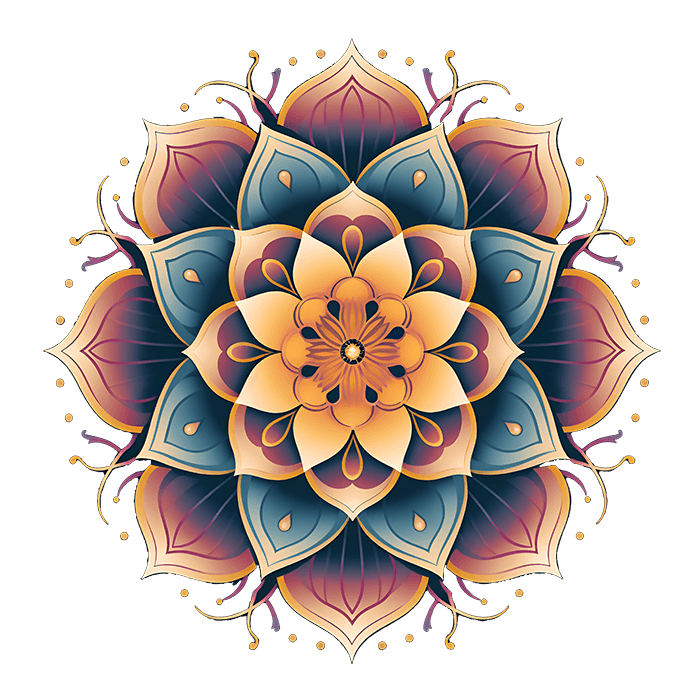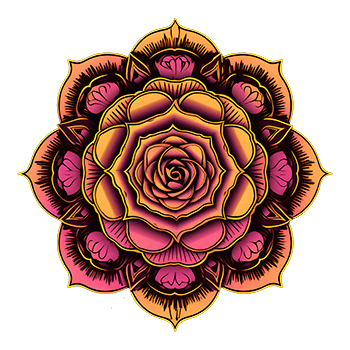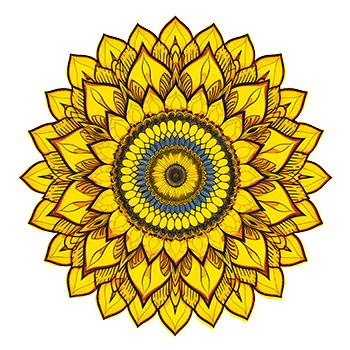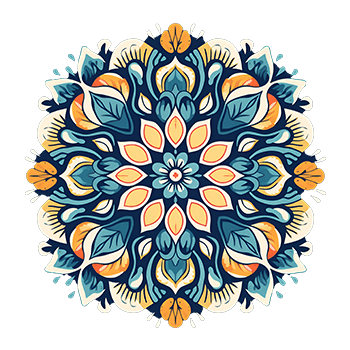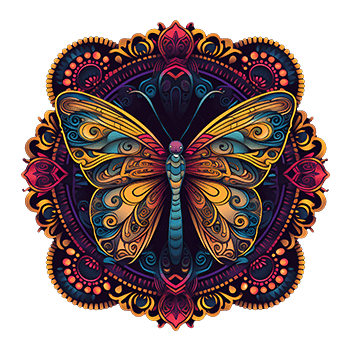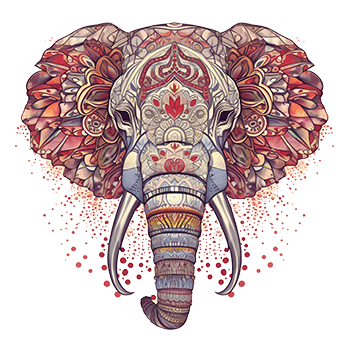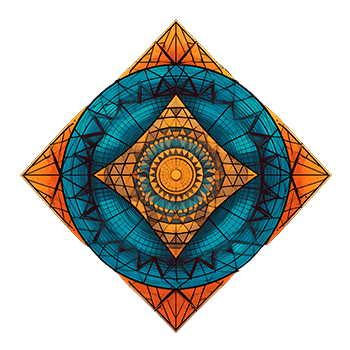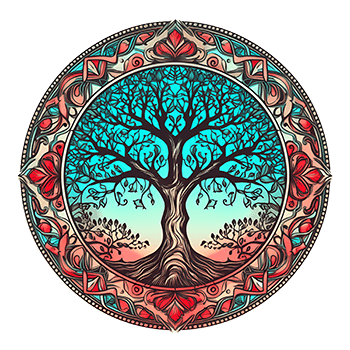Introduction: Mandala tattoos have become increasingly popular in recent years, as more people are drawn to the intricate designs and powerful symbolism associated with these spiritual symbols. Originating from ancient spiritual practices, mandalas represent the universe, balance, and wholeness, making them a popular choice for those seeking tattoos with deep personal meaning. In this blog post, we will explore the symbolism of mandala tattoos, discuss their cultural roots, and delve into the personal stories and meanings behind these captivating pieces of body art.
- The Symbolism of Mandala Tattoos: At the core of mandala symbolism lies the concept of unity and interconnectedness. Mandalas are often composed of intricate patterns and geometric shapes, arranged in a circular design that represents the universe and the cyclical nature of life. Some common themes and symbols found in mandala tattoos include:
-
Balance and harmony: The symmetrical design of mandalas symbolizes balance and harmony, making them a popular choice for individuals seeking to promote these qualities in their lives.
-
Spiritual growth: Mandalas are used in various spiritual practices as a tool for meditation and self-discovery, making them a fitting symbol for those on a spiritual journey.
-
Connection to the universe: The circular shape of the mandala represents the universe and the idea that everything is interconnected.
-
Protection: In some cultures, mandalas are believed to offer protection against negative energies and forces, making them a powerful symbol for those seeking a sense of security.
-
Cultural Roots of Mandalas: The concept of the mandala can be traced back to various ancient cultures and spiritual traditions, including Hinduism, Buddhism, and Native American practices. In Hinduism and Buddhism, mandalas are often used as a focus for meditation and contemplation, serving as a visual representation of the universe and the individual's place within it. In Native American cultures, the mandala-like sand paintings and medicine wheels are used in rituals and ceremonies to promote healing, balance, and spiritual growth.
-
Personal Meanings and Stories Behind Mandala Tattoos: The beauty of mandala tattoos lies not only in their intricate designs but also in the personal stories and meanings they hold for the individuals who choose to wear them. Some common reasons people opt for mandala tattoos include:
-
Marking a significant life event: Many people choose to get a mandala tattoo to commemorate a major milestone or life event, such as overcoming adversity, embracing a new chapter, or celebrating personal growth.
-
Expressing individuality: The intricate and unique nature of mandala designs allows individuals to express their creativity and personal style through their body art.
-
A reminder of spiritual beliefs: For those with strong spiritual beliefs, a mandala tattoo can serve as a daily reminder of their connection to the universe and their commitment to personal growth.
-
Honoring cultural heritage: Some individuals choose mandala tattoos as a way to honor and celebrate their cultural heritage, embracing the rich history and symbolism of these ancient designs.
-
Choosing the Right Mandala Tattoo for You: When selecting a mandala tattoo, it's essential to consider the symbolism and personal meaning behind the design. Take the time to research different mandala styles and cultural influences to find a design that resonates with your personal beliefs and experiences. It's also important to choose a skilled tattoo artist who is experienced in creating intricate and detailed mandala designs, as these tattoos often require a high level of precision and skill.
-
Placement and Design Considerations: Mandala tattoos can be adapted to various sizes and styles, making them a versatile option for body art. When choosing the placement and design of your mandala tattoo, consider the following factors:
- Size: Smaller mandalas can be placed on areas such as the wrist, ankle, or behind the ear, while larger designs may be suited for the back, chest, or thigh.
-
Detail: Consider the level of detail in the design and how it will translate to the size and placement of the tattoo. Intricate designs may require a larger canvas to ensure that the details are clear and not lost over time.
-
Visibility: Think about whether you want your mandala tattoo to be easily visible or more discreet. This will help guide your decision on placement and design.
-
Color vs. black and gray: Mandalas can be done in both color and black and gray. Consider which style best suits your personal aesthetic and the overall look you want to achieve.
- Aftercare and Longevity: Taking proper care of your mandala tattoo during the healing process and beyond is crucial to ensure its longevity and maintain its intricate details. Follow your tattoo artist's aftercare instructions carefully, keeping the tattoo clean and moisturized, and avoiding exposure to sunlight or water for the recommended period. In addition, regular touch-ups may be necessary to maintain the clarity and vibrancy of your mandala tattoo over time.
Conclusion: Mandala tattoos are a captivating and deeply symbolic form of body art, offering individuals the opportunity to express their creativity, spirituality, and personal journey through intricate and meaningful designs. By understanding the symbolism and cultural roots of mandalas and carefully considering the placement, design, and aftercare of your tattoo, you can create a beautiful and lasting tribute to your unique story and spiritual beliefs.

